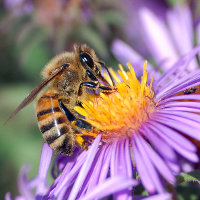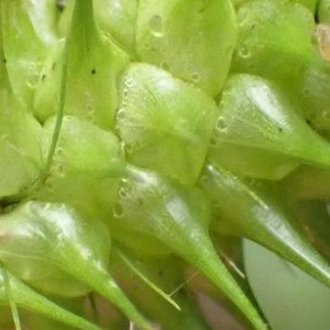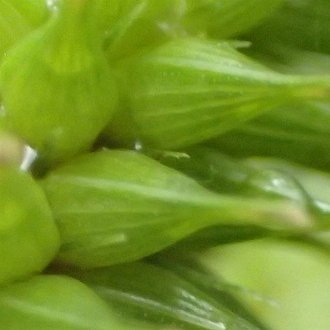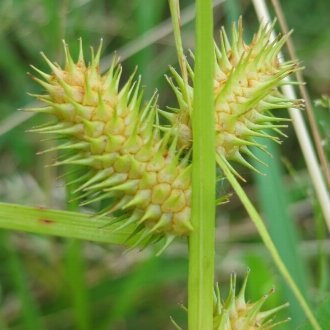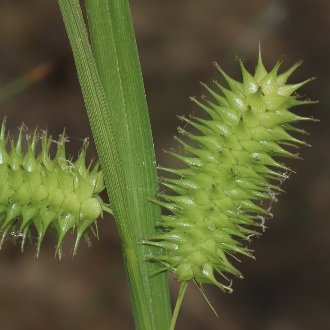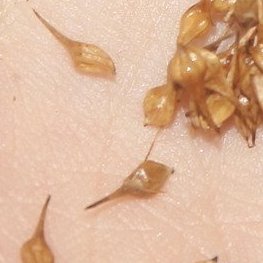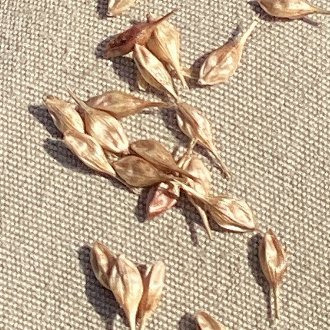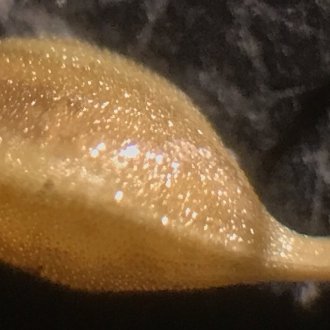Sallow Sedge vs Bottlebrush Sedge
This guide is under construction and has not been published yet. It may have errors. When in doubt, double-check other sources for definitive ID.These species are easily confused. C. lurida ranges much farther southeast and prefers acidic soils, whereas C. hystericina ranges much farther west and is mostly restricted to calcareous soils.
Sallow Sedge (Carex lurida) | Bottlebrush Sedge (Carex hystericina) |
Perigynia (seed structures) have 7-12 veins, leading their surfaces to look more coarsely-striped. Photo © Steven Lamonde, CC BY 4.0. | Perigynia have 13-21 veins, leading their surfaces to look more finely-striped. Photo © Allan Harris, Public Domain. |
Photo © Tom Field, CC BY 4.0. | Photo © Dustin Snider, CC BY 4.0. |
Dried seeds are sometimes more yellowish in color, although they may also be a pale brown. Photo © Alex Karasoulos, CC BY 4.0. | Dried seeds are usually a pale brown color. Photo © naturalist charlie, CC BY 4.0. |
Seeds are papillose, their surfaces covered in papillae, small projections. Photo © Kenneth Burdick, CC BY 4.0. | The surface of the seeds are smooth. |
References & External Resources
These short lists show only links helpful for ID. For a complete list of references and resources also covering other aspects of ecology, visit the links section of the full article on each plant, which is the first entry here.

